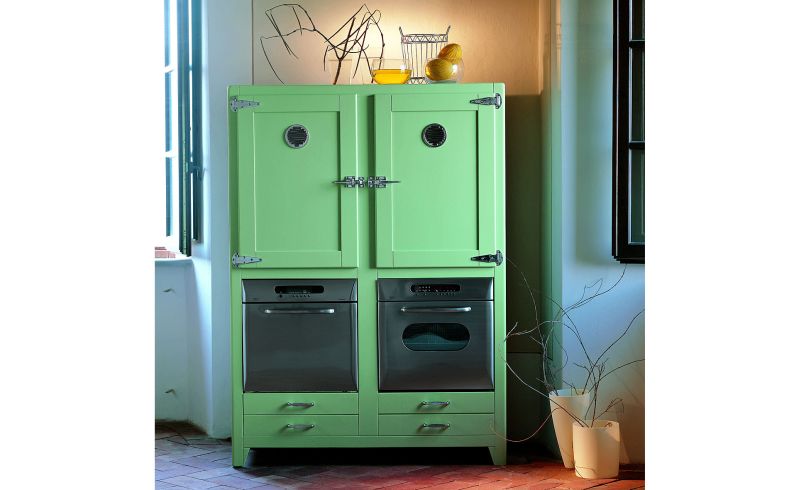There is no doubt that the floor of your garage would take a lot of abuse. In addition to resisting dirt, dust, water and sometimes ice, the floor would also need to handle everything that comes with your vehicle, including motor oil, gasoline, antifreeze and contaminants. In such cases, a garage floor can easily crack under sustained pressure. However, with a little bit of effort and extra care, you can prevent this from happening. Here are a few pointers that would help you in this regard.
Choose the Right Garage Floor
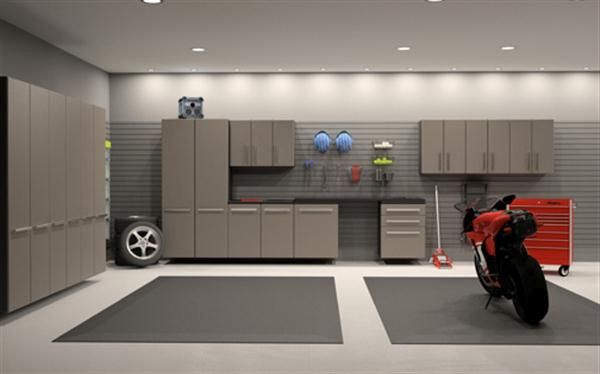
There are a myriad of garage flooring options you can choose from for your home. These include:
- Paint: It is the least expensive way to make your garage floor look better and become more resilient to chemicals. The durable option also gives you plenty of colors to choose from for the floor.
- Sealer: Applying a sealer above the concrete will prevent dust, water, oils and chemicals from seeping into the garage floor and damaging it in the long run.
- Floor Epoxy: The easy to clean, tough and extremely durable coating that it is, epoxy allows you to choose a more durable flooring option for your garage.
- Floor Tiles: These are also becoming very popular choices for garage floors. You can choose from several kinds of tiles, including vinyl composite tile, interlocking tiles, porcelain tiles and peel and stick vinyl tiles for the garage floor.
- Rubberized Vinyl: This is a comparatively easier and more convenient flooring option for garages. Usually available in the form of a large mat that you can simply pull over the garage floor, rubberized vinyl can be easily installed.
Pointers to remember for concrete garage floors
- Ground Preparation Tips

You need to ensure that the ground beneath the garage does not contain loose soil that can shift around the cause the concrete slab to break eventually. One way to prepare the ground properly is to remove the top soil to the extent where the soil in the ground has no longer been disturbed. This space should then be filled with compacted gravel, stone and sand to settle in firmly.
- Install a Vapor Barrier

These are thick sheets of plastic that can protect water from seeping through the concrete slab onto the surface from the ground below. You can opt for custom designed vapor barriers that can be used under the concrete slab to achieve this.
- Choose the Right Mix
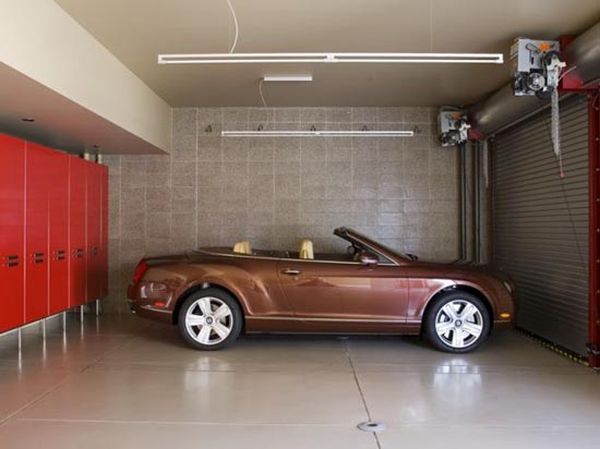
The concrete slab you choose for the garage floor should be at least 4 inches thick. While your initial decision would be to add more water to the concrete so that you can pour it over the surface easily, you need to know that too much water would lead to a weakened concrete slab that can easily crack under pressure. An alternative would be to add plasticizers to the concrete mix so that you can handle it better without adding water. Fiber reinforcement products can also be added to the mix to protect the concrete slab from the freeze thaw cycles experienced in cold climate regions.
- Choose Proper Reinforcement Bars
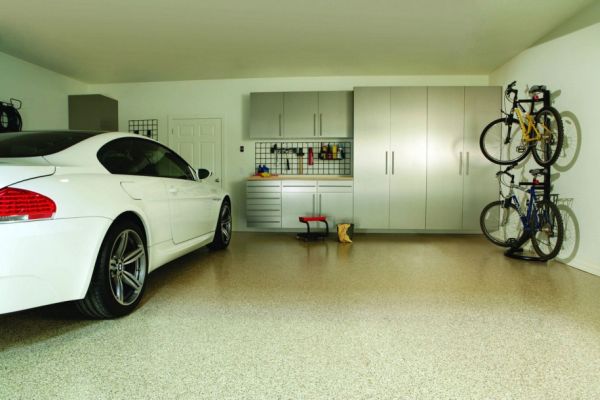
Although not recommended, reinforcement bars can keep your garage floor safer for longer periods. The trick here is to not lay the bars on the ground but in between the concrete slab. This can be achieved by anchoring the bars off the ground and then pouring the concrete over them so that they end up in the middle of the slab.
- Choose Proper Expansion Joints
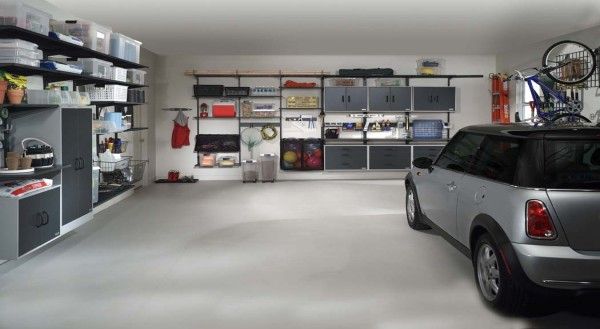
Like wood, concrete can also expand and contract according to changing weather conditions. Hence, you would need to opt for expansion joints that need to be installed along the edges if the concrete slab, around posts as well as any other protusions in the garage floor. These joints will absorb the expansion and fill the joint during contraction, thereby reducing the stress on the concrete flooring.
- Choose Curing Compounds
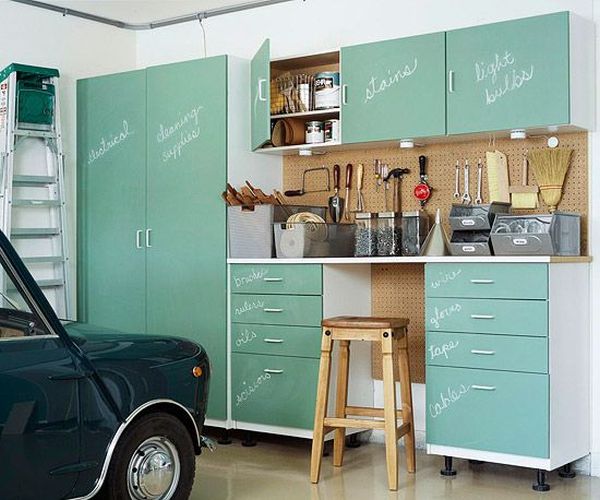
Concrete doesn’t actually dry, but cures to form a solid mass. Curing is a chemical process which would take some time. You need to ensure that the surface remains wet during this period. You can opt to spray a curing compound over the concrete to keep it wet and cover it with a sheet to prevent evaporation. Spraying some water on the slab will also help until it cures.
Garage floors tend to experience a lot of abuse in the form of heavy vehicles as well as dust, oil stains, dirt, grime and other contaminants. As such, you would need to ensure your garage floor can withstand all these elements. From choosing the best type of garage floor to installing the perfect concrete slab, these pointers would help you build a sturdy, strong and extremely durable garage floor.


